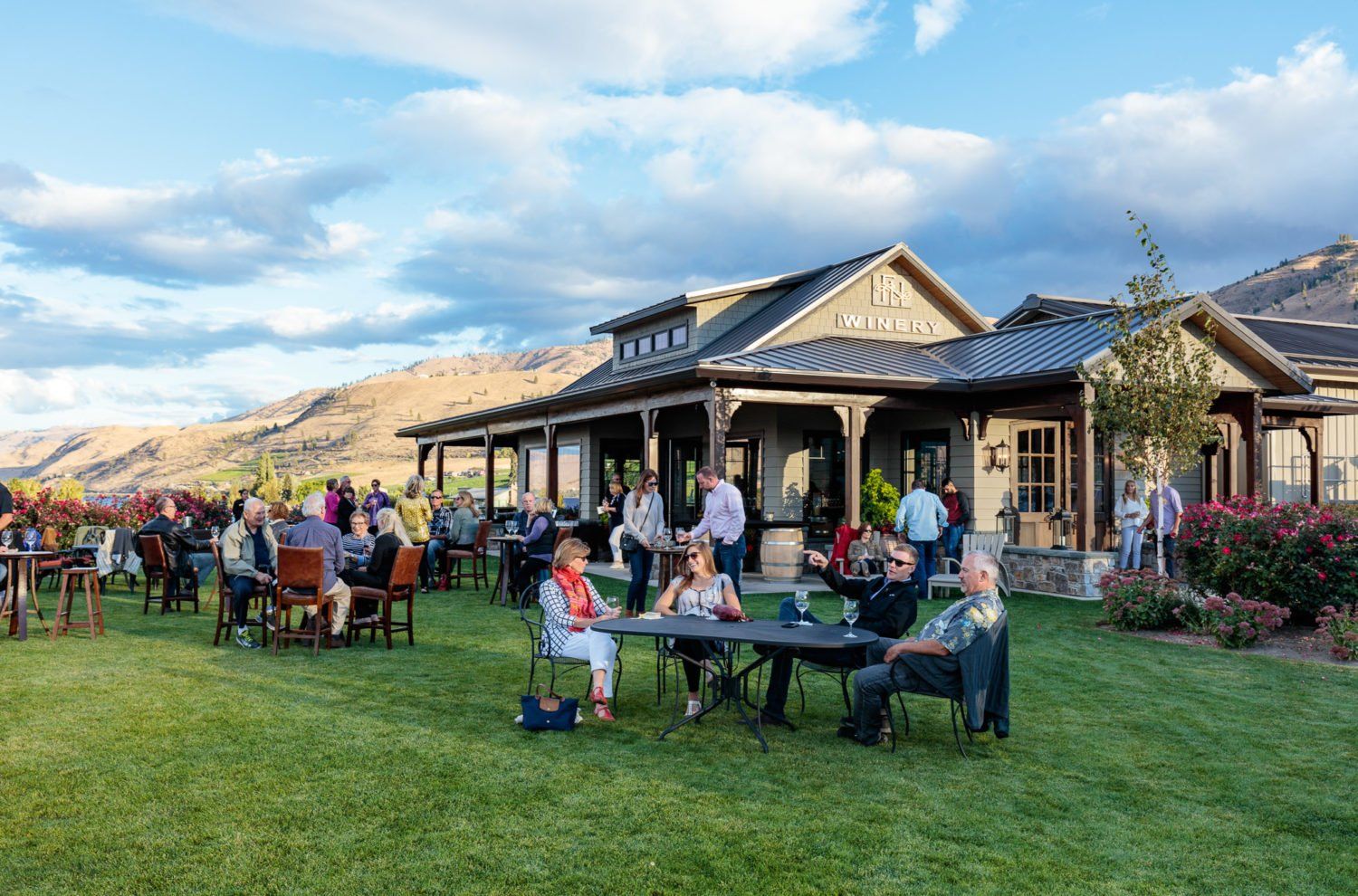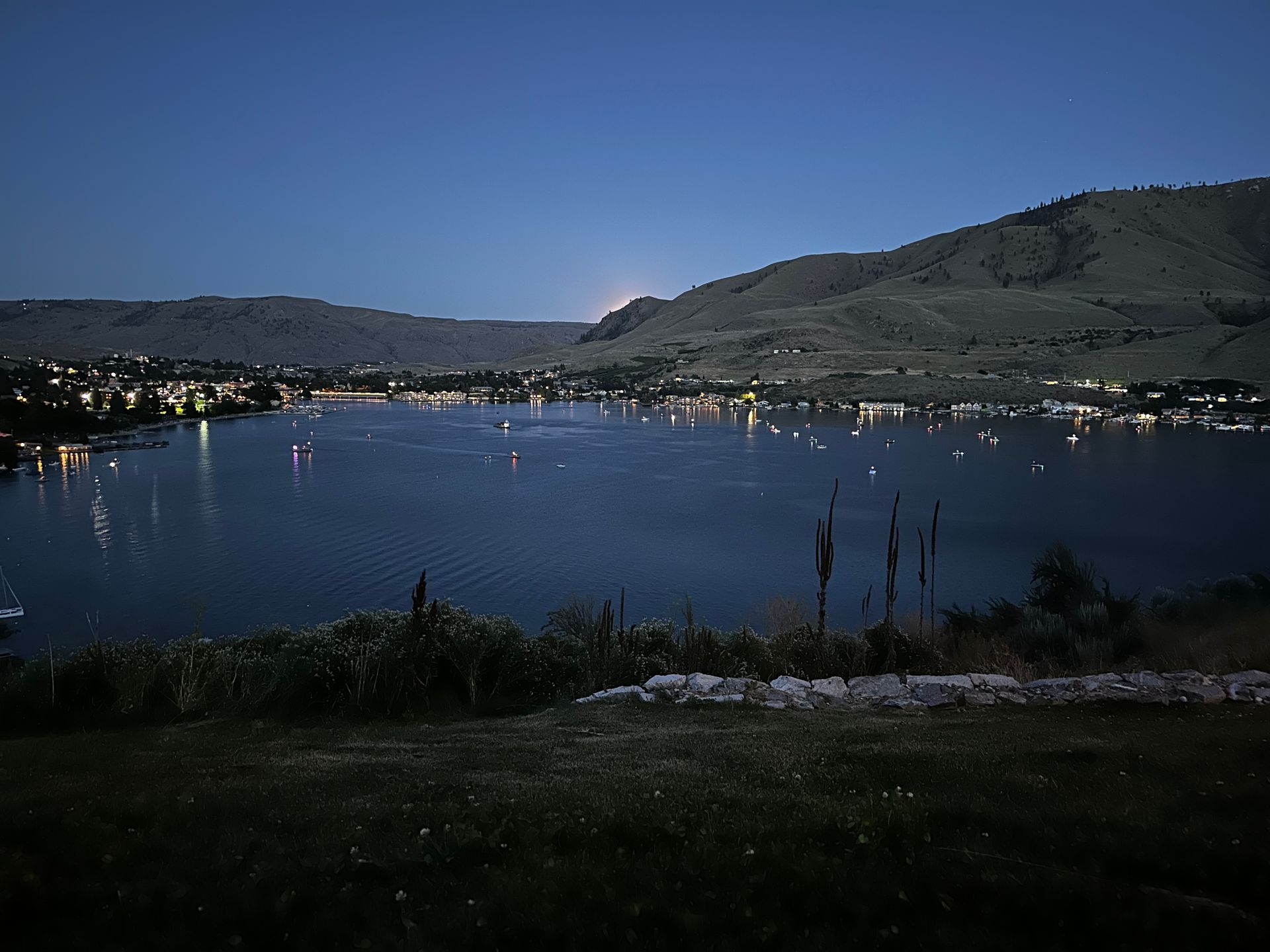Taking Chelan Wine Home: Smart Tips for Bringing Home Liquid Souvenirs
So you’ve spent your weekend sipping bold reds at Chelan Ridge Winery, snagged a crisp white from Nefarious Cellars, and maybe even discovered a hard cider that’s now your new obsession. But before you toss those bottles in the trunk and race back over Blewett Pass to Seattle, let’s talk about how to protect your liquid treasures. Here’s your no-stress guide to transporting wine from Chelan’s vineyards to your home cellar or dinner table.
1. Don’t Panic About Elevation (But Do Pack Smart)
Yes, you’ll climb nearly 3,000 feet crossing Blewett or Stevens Pass, but elevation changes alone won’t ruin your wine. The real villains? Temperature swings and rough roads.
- Cork check: Modern wineries use sturdy closures, but if a cork looks raised post-trip, let the bottle rest upright for 1–2 days. The pressure difference from elevation shifts usually resolves quickly.
- Gas rebalancing: Notice a slight fizz in your still wine? Dissolved gases might have gotten frisky during the drive. Let the bottle sit for 48 hours — it’ll mellow out.
2. Win the Temperature Battle
Lake Chelan’s summer highs can hit 90°F, and car trunks can roast to 120°F+ — a sure way to “cook” your wine.
- Become a backseat driver: Keep wine in the AC-cooled cabin, not the trunk. If you’re packing multiple bottles, wedge them between clothes or towels for insulation.
- Cooler hack: Grab a $10 Styrofoam cooler from Chelan Grocery Outlet. Add reusable ice packs (not loose ice — melted water ruins labels!) to maintain a stable 55–65°F.
- Timing is everything: If visiting July–August, consider shipping temperature-sensitive bottles via UPS or FedEx with overnight cooling. Many Chelan wineries offer this service.
3. Mountain Pass Survival Kit
Those winding roads from Manson to the pass? They’re scenic but bumpy.
- Bubble wrap brigade: Wineries often have free wine sleeves. Wrap each bottle and secure with rubber bands. No sleeves? Use your rental’s towels.
- Box it up: Ask for a 6-bottle shipper box. These fit perfectly in SUV trunks and protect against jostling.
- Leak-proofing: Slip each bottle into a ziplock bag. If a cork shifts mid-drive, this contains any seepage.
4. Post-Adventure Wine TLC
You’ve navigated the passes — now let your wine decompress.
- 48-hour rule: Store bottles sideways in a dark closet for two days. This lets dissolved gases settle and corks re-seal.
- First-world problem fix: Dying to crack that 2018 Malbec tonight? Decant it — aeration speeds up recovery from "travel shock."
- Seepage check: Spot sticky residue near the cork? Drink that bottle first. Minor leaks rarely ruin wine but signal it’s not for long-term aging.
5. Pro Tips for Fly-In Visitors
Flying out of Pangborn Memorial Airport? No problem.
- Southwest hack: Use their two free checked bags policy. Pack wine in Wine Check cases — TSA-approved and airline-friendly.
- Alaska Air note: Their $30/bottle fee for in-cabin wine isn’t worth it. Instead, ship through Chelan Valley Shipping — locals swear by them.
While You Wait: Savor the Memory
That Cab Franc needs 48 hours to chill? Perfect excuse to:
- Print photos from your Chelan Butte hike
- Pair leftover Lakeside Pizza with a local cider
- Plan your next trip — maybe fall’s Crush Festival?
Final Toast
Chelan’s winemakers brave elevation shifts daily (their vineyards span 400–2,400 ft). Your drive home is a breeze by comparison. With these tips, your bottles will arrive ready to evoke lakeside sunsets and mountain breezes — no sommelier stress required. 🍷
Winery recs: Don’t miss the amazing reds at Fielding Hills, the view at Karma Vineyards’ champagne patio, or the small-batch gems at WineGirl Wines. Tell them we sent you!
Impact of Elevation Changes on Bottled Wine
Going from sea level to 4000 feet and back creates subtle but real effects on bottled wine that wine enthusiasts should understand. While your wine won't be ruined by the journey, pressure differentials created during elevation changes can temporarily affect both the wine and its closure.
Physical Mechanisms at Work
Pressure Differential Effects
When you transport wine from sea level to higher elevations, the atmospheric pressure around the bottle decreases. This creates a pressure differential between the inside and outside of the bottle.
At higher elevations, the internal pressure in the bottle can push the cork outward slightly. This phenomenon, known as "pistoning," occurs because the pressure inside the sealed bottle is trying to equilibrate with the lower pressure outside.
When returning to sea level, the reverse happens — external pressure increases and pushes back on the cork.
Gas Solubility Changes
Wine contains dissolved gases, primarily carbon dioxide and small amounts of oxygen.
As you ascend to higher elevations:
- Some dissolved CO₂ may come out of solution, creating microbubbles.
- Dissolved oxygen may also become less soluble.
When descending back to sea level:
- These gases tend to redissolve into the wine.
- This process isn’t instantaneous and requires time for equilibration.
Impact on Wine Quality
Short-term Effects
Most elevation-related effects on wine quality are temporary and subtle:
- Slight flavor alterations
- Texture changes from microbubbles
- Cork movement
For most casual wine drinkers, these effects may go unnoticed.
Long-term Stability
Wine that has experienced elevation changes should generally be fine for short-term enjoyment but may not be ideal for long-term aging if there’s visible cork movement or seepage.
Recovery Time After Elevation Changes
Cork Re-equilibration
After returning to sea level, the pressure differences typically resolve within about 10–12 hours.
Wine Stabilization
- Carbon dioxide usually re-equilibrates within 24–48 hours.
- Oxygen levels may take several days to fully stabilize.
For most wines, resting for 1–3 days post-travel is recommended before opening.
Recommendations for Wine Travelers
- Allow 24–48 hours of rest before opening special bottles.
- Inspect bottles for any signs of leakage.
- Maintain consistent temperatures during transport.
- Enjoy bottles sooner rather than later if they've undergone significant travel stress.
Conclusion
While elevation changes can impact bottled wine, the effects are generally subtle and temporary. A little patience — allowing wines to rest for a few days — will ensure your Chelan wine haul tastes just as fabulous at home as it did lakeside.


